Description
Large, bright red fruit with a sweet orange flesh.
The flavour is sugary and rich.
Partially self fertile.

Large, bright red fruit with a sweet orange flesh.
The flavour is sugary and rich.
Partially self fertile.
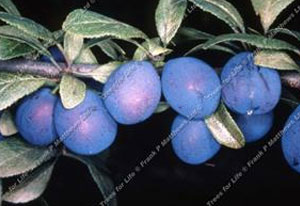
The Classic German ‘Hauszwetsche’ sweet prune for traditional plum cake and fresh eating. Size between Shropshire Prune and Merryweather
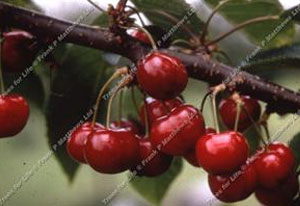
Very precocious, firm with good flavour. One of the later picking varieties but well worth the wait as fewer cherries available in the shops at this time. Ripens unevenly to spread the season. A good polliantor (Van x Newstar, Canada … Read More

Large, yellow almost translucent fruit with golden flesh and a sweet plummy flavour. Partially self fertile.
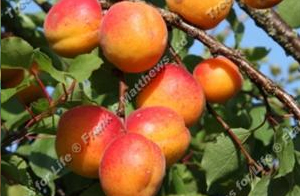
A good reliable modern variety. Quite vigorous and healthy with regular crops of good sized fruit. Selected for its suitability for cold wet climates such as the UK. The tree is very hardy, vigorous and resistant to leaf spot. The fruit are medium to … Read More
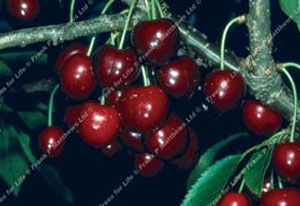
Van x Stella. Large, black fruit, a garden favourite. One of the first self fertile varieties to appear. Will shed its fruit readily when green but there is always plenty left to ripen later. Upright and strong growth habit. (Canada … Read More
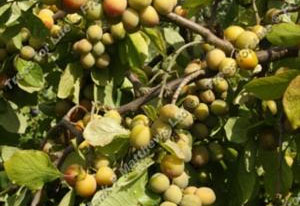
An old favourite. Always crops well and regularly. Large yellow fruit, very juicy and good for eating and cooking. The tree has a spreading, drooping habit from which it was named. In its county of origin this variety was fermented into an alcoholic drink … Read More
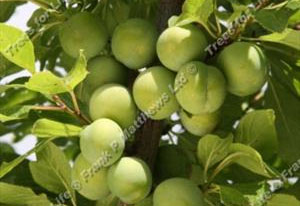
Small, yellowish-green, juicy fruit, reliable. Good cropper and self fertile. Prefers a sheltered warm site. Will cross pollinate with plums. (Cambridgeshire)
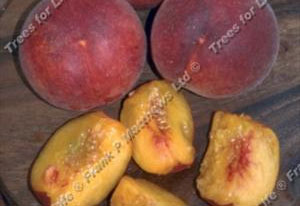
A genetic dwarf peach with beautiful pink flowers. The fruit has yellowish flesh which is sweet and juicy. It is best used as a patio tree. As with Nectarine Nectarella, if grown in a pot, this tree can be moved inside during the … Read More
